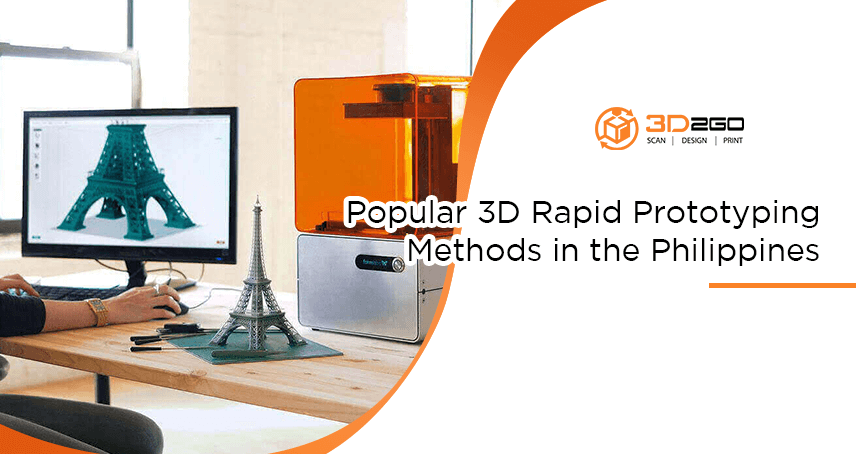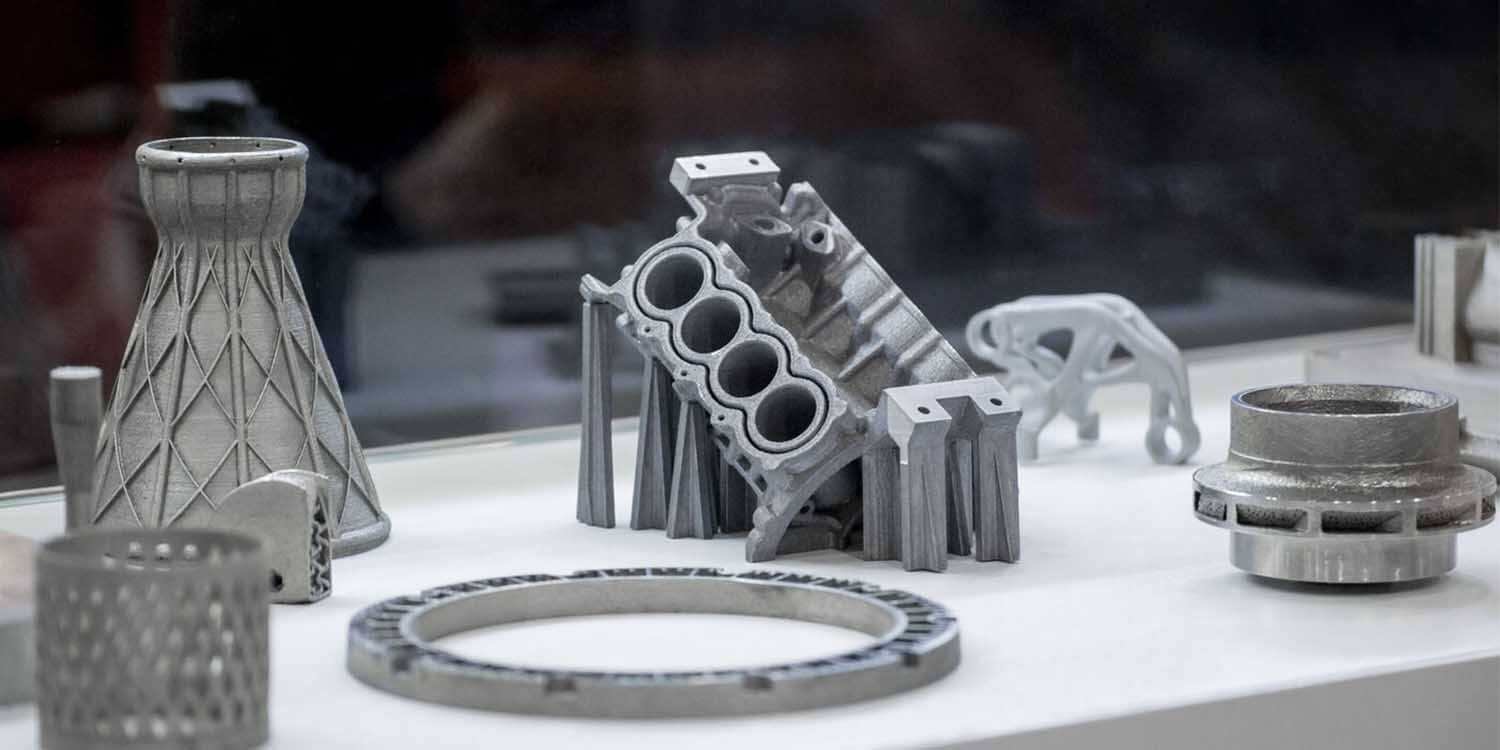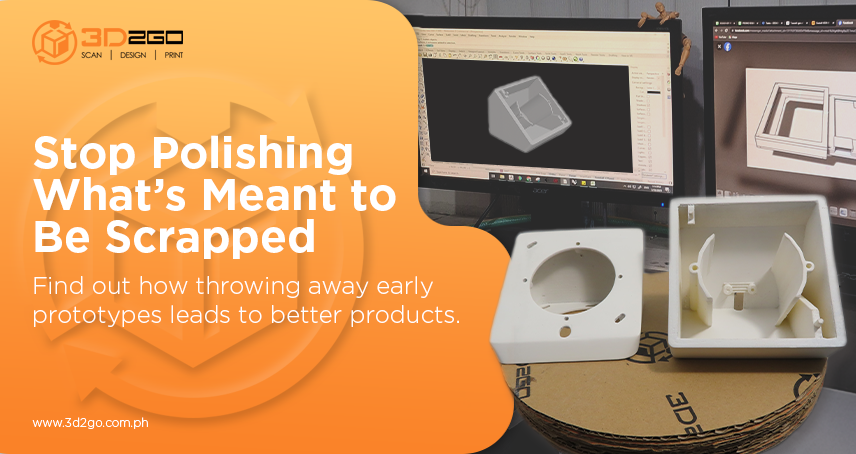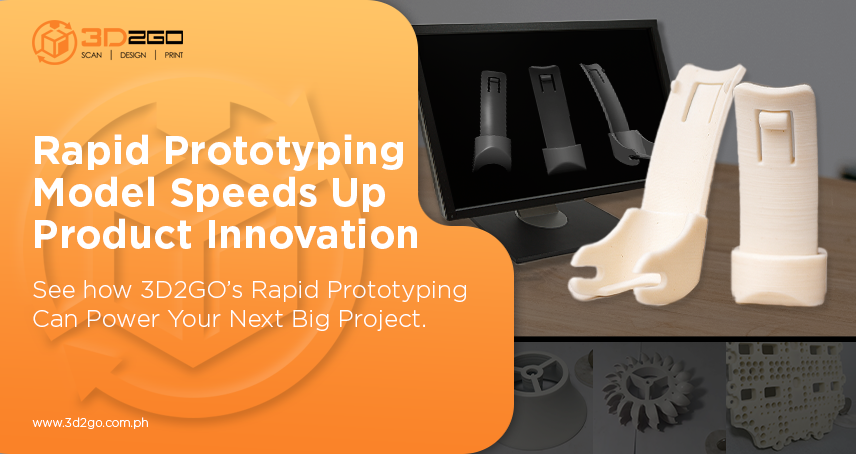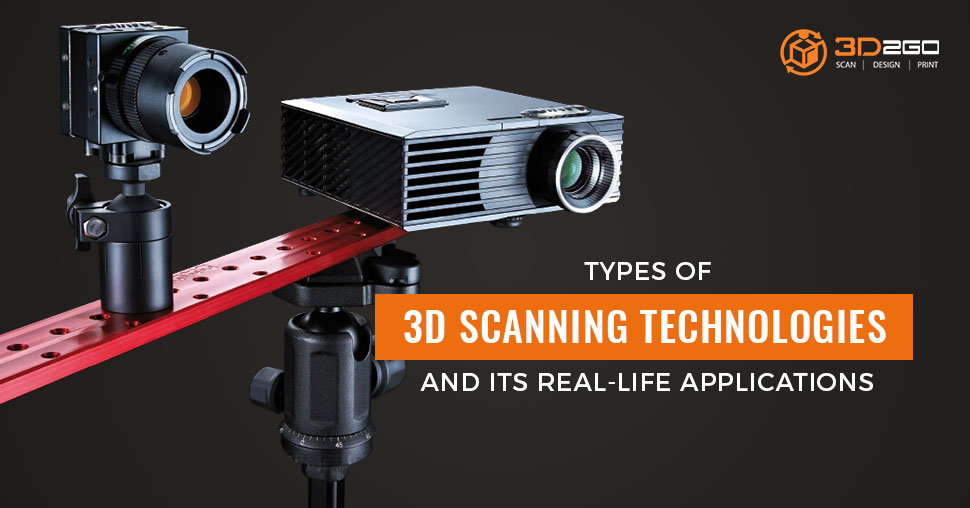
Applications Of 3D Scanning Technologies In Various Industries
June 11, 2022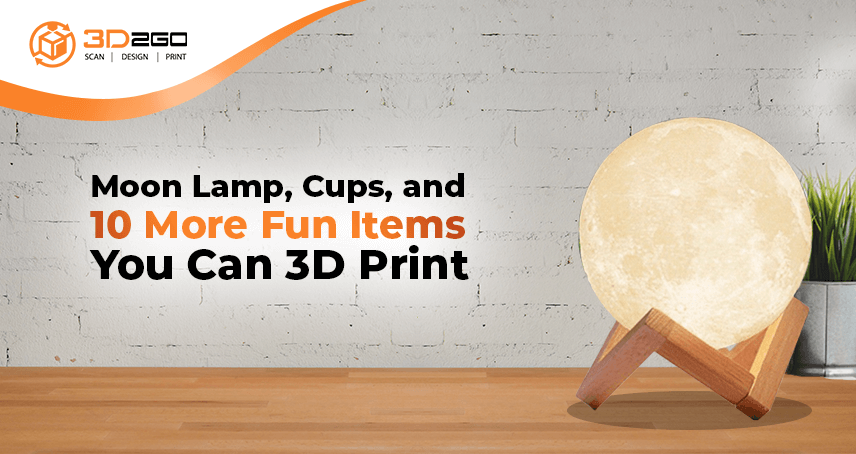
Moon Lamp, Cups, And 10 More Fun Items You Can 3D Print!
June 11, 2022Here are the list of popular 3D rapid prototyping methods in the country
3D rapid prototyping is continuously gaining traction in the last decades in the Philippines. There still remain skeptics about its integration in major industries such as manufacturing and engineering.
However it has been proven its value when it comes to faster proof of concept production. As well as samples for testing. Also a reliable prototyping service is applicable in all stages of production, not only on the pre-designing stage alone.
3D Rapid Prototyping in the Philippines
In the Philippines, the DOST, the science department of the government, has established AMCEN or the Advanced Manufacturing Center. This aims to utilize 3D printing and its related services for research and practical applications of 3D printing in the country.
It will also serve as a research avenue for its applications for various purposes such as aerospace, manufacturing, defense, and many more. There are 3D companies offering reliable 3D rapid prototyping services for various industries.
Here in the country, here is the list of popular methods in making 3D rapid prototypes.
Stereolithography (SLA)
This 3D printing method builds your product in a pool of UV-curable photopolymer resin. This is through the use of a computer-controlled laser. This laser traces and cures a cross-section of the design. Each newly cured layer adheres to the layer below and continuously does so until the product is complete.
It can produce parts with complex geometries with almost perfect finish that requires little to no post-processing methods.
It may not be perfect for a product with the end purpose of functional testing as it may break easily. It is also not advisable to be exposed to UV or too much humidity as it may degrade over time.
Selective Laser Sintering (SLS)
This process involves joining of plastics or metals in powdered form using heat/or pressure. It can produce a solid part that is mechanically strong and machinable. However, it is not applicable for all purposes thus you must consider the intended end purpose of the part it will print.
Among its great advantages is it allows designers and engineers to create an exact product from their exact concept. Its product is also much durable and is better suited for functional testing unlike using SLA.
You also have to consider its processing time, as the SLS method may take time depending on the size of your project. Also its finished product often requires post-production processes as its surface finish is often gray, rough and needs extra polishing and sanding. Also there is a limited choice for resins.
Fused Deposition Modeling (FDM)
This uses a spool of thermoforming plastic to a dispensing nozzle. Then this nozzle lay down layers of material onto the base platform. It is free to move in both vertical and horizontal directions.
FDM printers are getting smaller and cheaper, thanks to a lot of innovations that utilize this method. Also its “ink” the thermoforming plastic is cost saving and way cheaper than other 3D printing materials.
Its materials range from biodegradable, scratch-based, environmental-friendly, or even cement-like substrates.
However, like SLS, this method is still slow for large production runs but is perfect for 3D rapid prototyping sources that typically require small volume. Thus this method makes it more cost effective.
Its nozzle feature may not be ideal if you need fine details on the output but it can create simple geometries of medium precision.
Multi Jet Modeling (MJM)
Almost the same as SLA, this uses a thermosetting polymer. There are inkjet nozzles that move horizontally and vertically across the platform. This polymerization solidifies the plastic in that layer over and over until the output is finished.
Selective Laser Melting (SLM)
Metals used for this method are melted which may include cobalt chrome, tool steel, aluminum, stainless steel, and even titanium. This method is gaining traction for rapid prototyping and for low volume production.
It also provides the necessary build for complex engineering designs with hidden pockets, conformal cooling channels, and other internal features.
Such features may decrease the weight but increase in strength is needed especially for demanding applications.
Laminated Object Manufacturing (LOM)
This method requires thin laminates laid out on a build platform. Materials may be paper, plastic sheets or even metal foil. A laser or cutting device cuts out the pattern for the layer, cutting away excess materials. Its finished part may be less sophisticated than SLS or SLM but is cost-effective.
Digital Light Processing (DLP)
This is very similar to the SLA printing as it cures the resin with a conventional light source. But it requires support structure and post-building processes or curing. This process is faster and is also cost-saving. Its finished part excels in dimensional tolerances and smoother finishes.
How to Choose the 3D Rapid Prototyping Method Suitable For Your Project
3D prototyping service varies in so many ways. Thus this makes you a better opportunity to identify which will suit your project requirements. In general, choosing the right method boils down to five factors. These are Purpose, Quality, Quantity, Complexity, and Cost.
1. Purpose
For manufacturing and engineering sectors, there is always a compelling reason why theres is a need to create a prototype. The purpose of prototypes often suits the need for the following:
- Learning
- Communication
- Integration
- Milestones
Your chosen prototyping service method greatly affects how it would perform for your pre-identified purposes such as testing or customer feedback. That is why you need to narrow down the purpose to determine if any method is better suited for its end-use.
It also helps in your testing and risk mitigation purposes, especially for product verification and material selection.
Functional aspect is also something to consider as it will dictate the selection and assembly of your parts. Also the kind of test it will go through.
2. Quality
3D rapid prototyping can produce high-fidelity and low-fidelity output. Of course, high-fidelity costs more but is much better if you need durable parts for functional testing. Accuracy of the final output should be considered if you have to provide a proof of concept of your designs to investors.
Material selection is crucial when it comes to quality as well. As its resulting tolerance will dictate if it is suitable for the intended purpose.
3. Quantity
As you already know, 3D rapid prototyping is perfect for low volume production. However some methods may be cost-effective for smaller quantities, some are not. In 3D printing, volume plays a crucial method to ensure you get your desired ROI.
Also you have to consider your project size. As in 3D printing, bigger parts tend to take a lot of time to complete in comparison with smaller ones.
4. Complexity
3D printing in general allows design freedom and is good for producing very complicated small parts and geometries. Complex designs however will contribute to the total costs of the project.
5. Cost
The objective or purpose of the prototype often goes with the resources available. This includes investment, time, and human resources. Overall cost should be much cheaper instead of going to traditional manufacturing or prototyping.
For A Reliable 3D Printing and Prototyping Service, Choose 3D2GO Philippines
As a pioneer of 3D printing and 3D related services in the country, we only got the best methods for your project.
3D2GO also provides 3D scanning, 3D designing, and 3D reverse engineering.
Contact us today so we can start your projects, ASAP!


